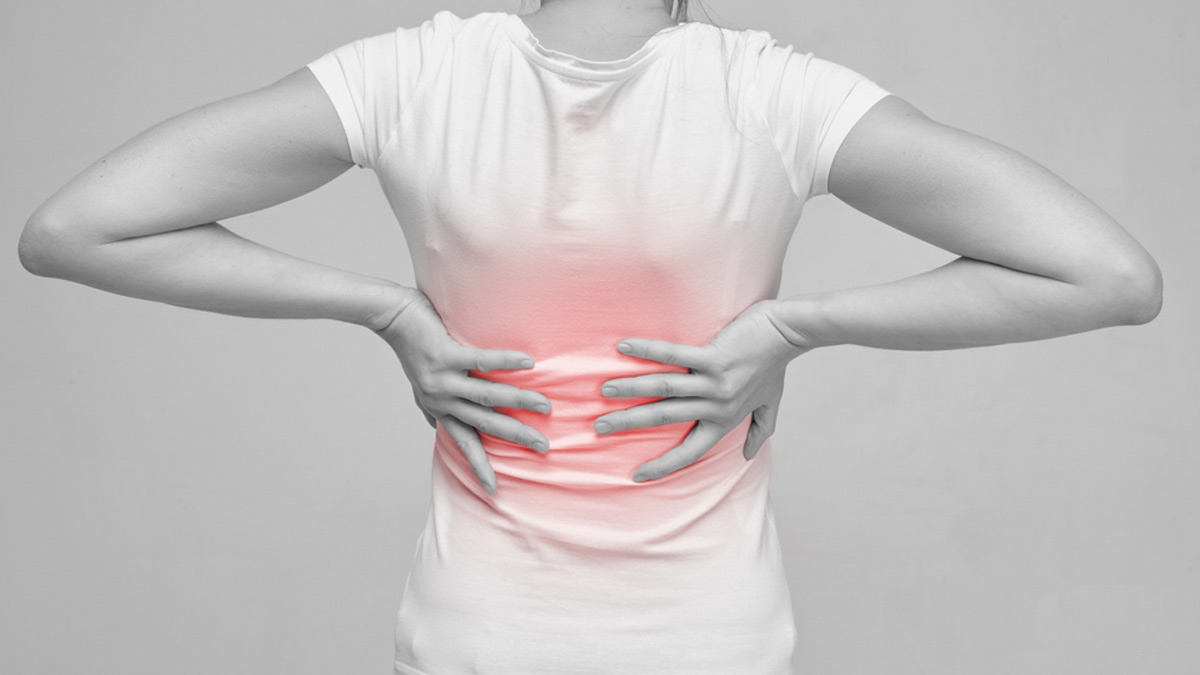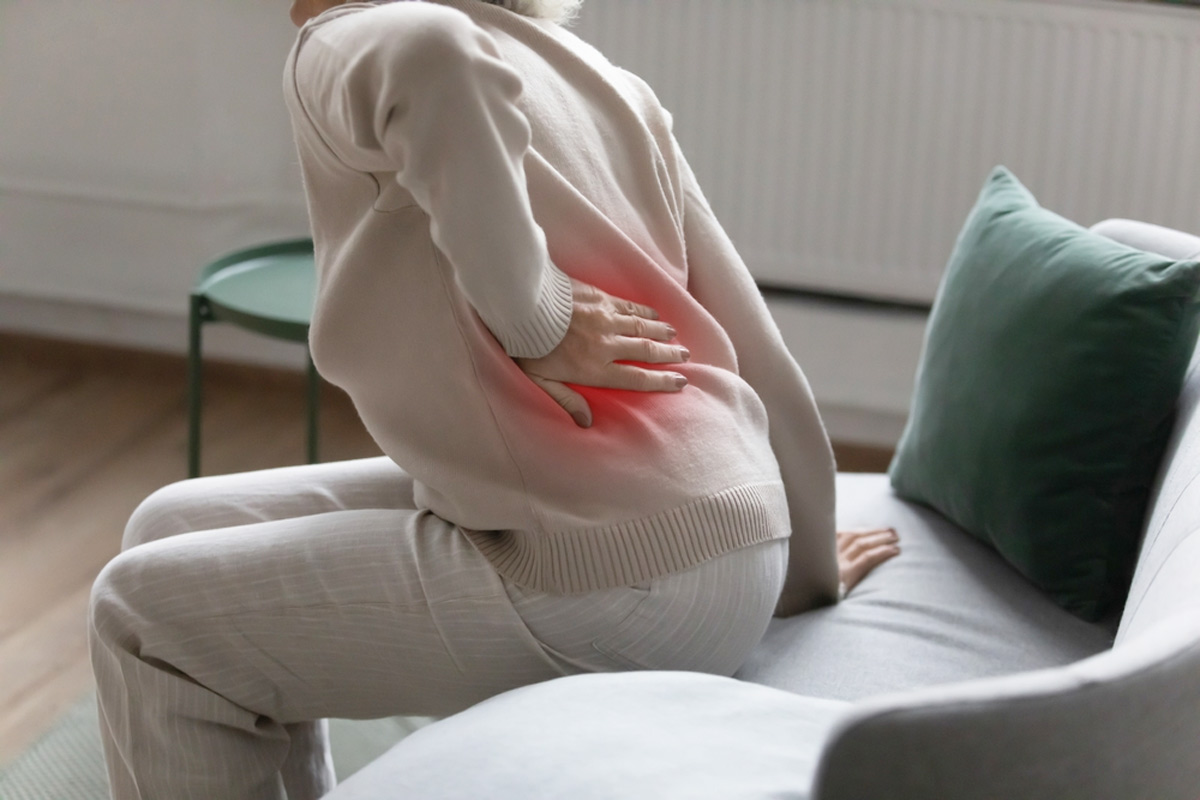
Postpartum Back Pain: Expert Shares Causes & Treatment
The little one's arrival brings great joy but a slew of challenges for the new mother. The delivery of a newborn is followed by long days of sleeplessness because you are looking after the baby 24x7. It can leave you mentally and physically exhausted.
Lower back pain is quite common among both normal delivery and Caesarean delivery mothers. We spoke to our expert, Dr. Sukriti Jain, Consultant Obstetrics and Gynaecology, Cloudnine Group Of Hospitals, Navi Mumbai, Vashi, and asked what contributes to this health ailment.
What Causes Postpartum Lower Back Pain?

The expert shared that multiple physiological changes can contribute to postpartum lower back pain. To begin with, obesity, loosening of ligaments and joints of pelvic bone during labour, backward curvature of the spine, altered posture pre and post delivery, lack of exercise pre and post delivery, inadequate calcium and D3 supplementation, prolonged labour are some common causes among others.
Don't Miss: Postpartum Haemorrhage: Common Causes And Treatment For New Moms By Expert
Preventive Measures For Postpartum Lower Back Pain
- Antenatal exercises under the supervision of a trained physiotherapist can help prevent postpartum lower back pain.
- Adequate consumption of calcium and D3 supplements pre and post delivery is beneficial.
- Make sure you keep your posture in check pre and post delivery to prevent back pain.
- Keep a check on your diet during pregnancy and avoid eating foods that make you put on a lot of weight so that it is easier for you to get back to your pre-pregnancy weight after delivery.
1
2
3
4

- Performing postnatal exercises after delivery help strengthen the back core muscles. Doing 10 minutes of stretching everyday can help you restore flexibility of your back and also helps you lose weight.
- Avoid lifting heavy weights after your delivery.
Don't Miss: Postpartum Bleeding Or Lochia: Expert Shares All About The Vaginal Discharge
- When lifting the baby, make sure you do it in the correct way, not putting a lot of pressure on your lower back. Always bend your knees and not your waist, squat down and then lift the baby with your leg muscles if the baby is on the floor. Avoid carrying your baby on your back as it might worsen the back pain.
- While breastfeeding the baby, always keep a support for your back. Also, rather than bending over to the baby, bring the baby to your breast.
"Use local painkillers or oral pain killers to take care of the pain post-pregnancy. Alternatively, hot and cold compress can be applied to the lower back for pain relief. This should be combined with postnatal exercise for the early rehabilitation of the post-delivered patient. Postnatal exercises should include both the pelvic bone and core exercises. At the same time, make sure you consult your obstertian to take up these exercises. Using abdominal binder or a belt helps support the back muscles," the expert added.
Lower back pain doesn't subside in a day or two, but if it is persistent after all the at-home treatments, you should see a doctor. If the pain only progresses, it might need medical attention. There can be an underlying cause of the lasting pain and a medical professional can diagnose it timely and advise you medication before it gets worse.
Also watch this video
Herzindagi video
1
2
3
4